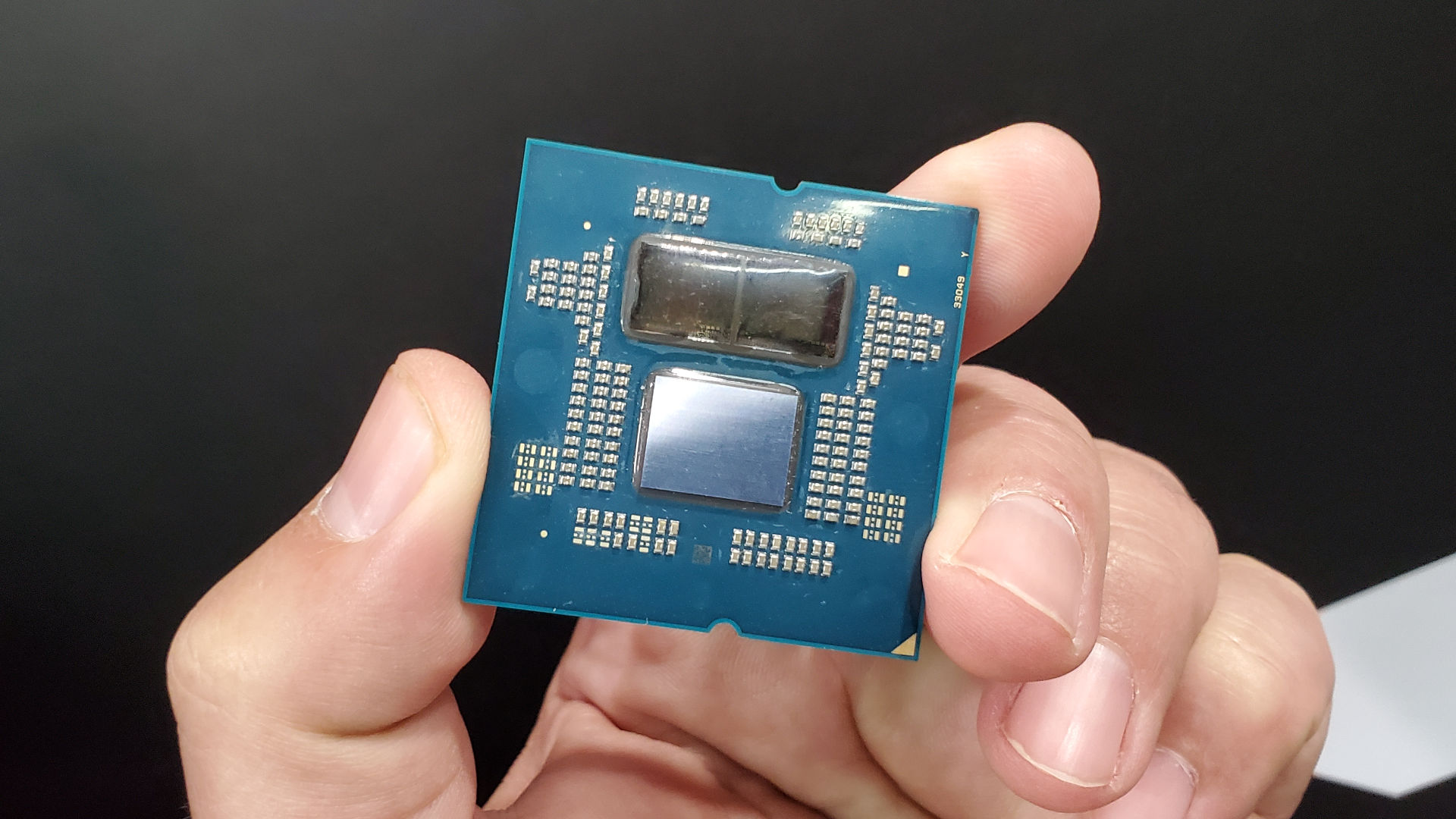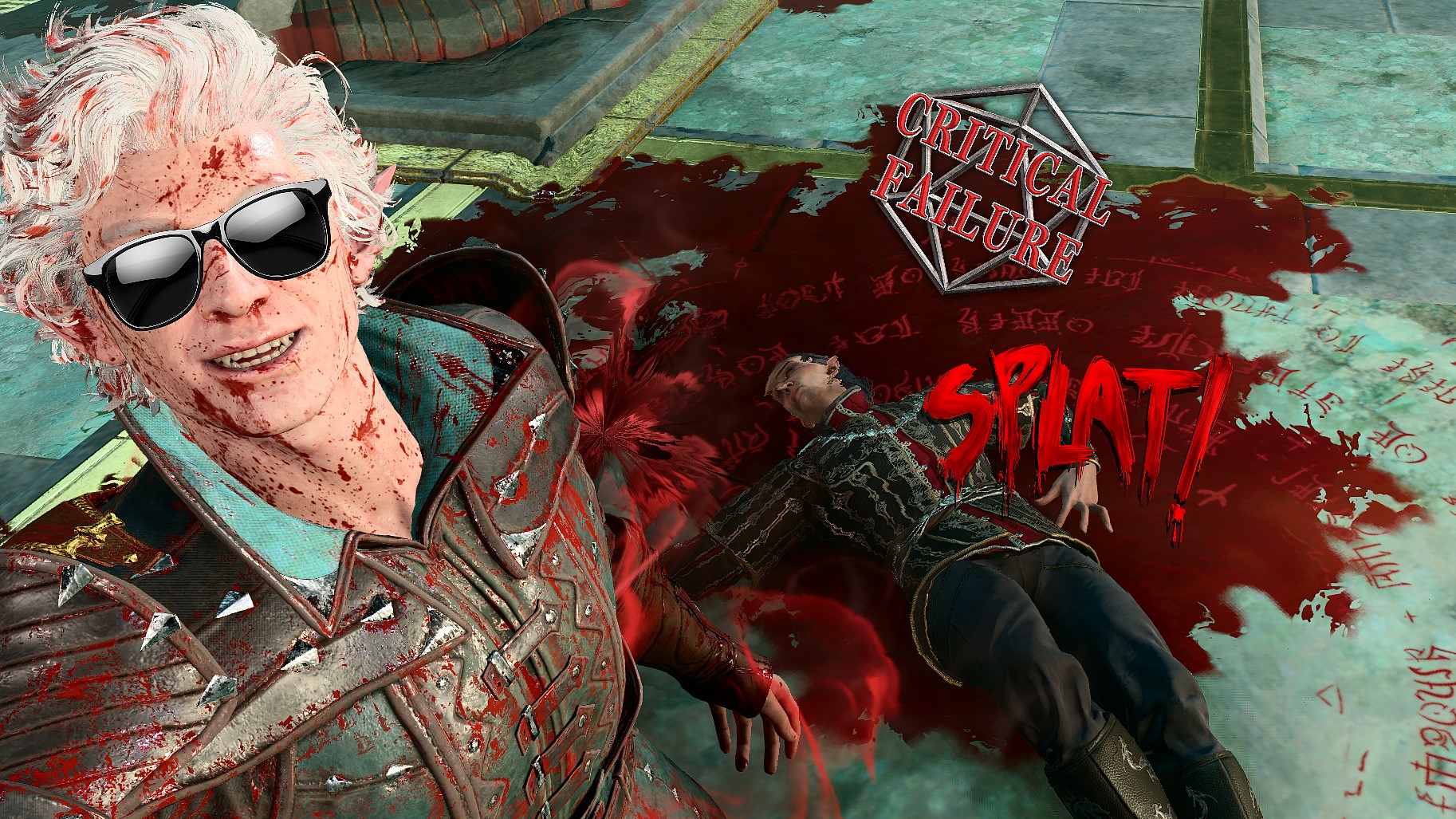
Yeah yeah, NPUs etc. I wanted proper next-generation CPU announcements at Computex, and I got some.
(Image credit: Future)
This month I’ve been testing: The limits of my patience on long haul flights. Also, headsets, flight sticks, and the odd set of speakers. Just call me Mr Eclectic. I’ll be over here, underneath the pile of cables.
Let me start off by saying: if you’re down on all the AI PC stuff that’s been dominating your newsfeeds over the Computex period, I get it. You could be forgiven for thinking that most PC hardware news has forever been swallowed by TOPS figures, NPUs, Copilot, and a load of software that wishes it was Copilot.
This year was my first Computex, or at the very least, the first I got to attend in person. And I tried to get down with the AI kids, and find some sort of development that got me truly excited about the world of Artificial Intelligence—at least from a hardware perspective.
And I failed. But all is not lost. Because despite those two little letters being plastered across seemingly everything, beneath all the endless amounts of AI hype, there are some CPUs coming that look genuinely promising. Hardware that, y’know, matters now, and not in the future when someone comes up with an exciting use for local AI on an integrated NPU—beyond creating images of a fish to post on social media.
The hardware comes before the application. I get it. Moving on.
Let’s kick off with something I do want to talk about: Zen 5, and the AMD Ryzen 9000-series. I’ve been waiting to see what the next-generation AMD desktop CPUs might offer, and, well, a lot of the rumours kind of got it down, I’ll be honest. Still, as a personal owner of an AM5 platform-based rig, I wanted to see what sort of improvements AMD had made to the next-generation of its desktop processors, and the initial signs seem promising.
(Image credit: AMD)
Much better power efficiency—not the sexiest start, I’ll grant you, but as an owner of a Ryzen 7 7700X I can tell you that, while it can handle just about every demanding task you can throw at it in real-world usage, it does run hot, and power hungry. The Ryzen 7 9700X, however, has a mere 65 W TDP in contrast to the 7700X’s 105 W rating. My power supply—and my gigantic CPU heatsink, supported by many fans—has breathed an anticipatory sigh of relief. I’ll take some of that.
And an average IPC uplift of 16%? Yep, that’ll work for me too. Not mind-blowing, perhaps, but faster is faster, and less power usage in tandem sweetens the pot.
Mind you, if you’re looking for your next gaming desktop chip, how about the Ryzen 5 9600X? Only six cores, sure, but with a 5.4 GHz boost clock and 38 MB total L2+L3 cache? I reckon that’ll make for a great gaming CPU further down the range. If it’s well priced, of course, for which I have my fingers firmly crossed.
On paper then, several promising desktop chips, coming in July. Sure, AMD still reckons the almighty 7800X3D will remain dominant for the best gaming performance, even compared to the Ryzen 9 9950X. And that’s alright in my book. I’ll take a decent performance uplift overall with much better efficiency throughout the range. I’m a simple man.
And what about mobile chips? These days, we’re not just looking at mobile CPUs as potentially great picks for gaming laptops. These highly-efficient beasties are making their way into handheld gaming PCs, and while I can stand a lower frame rate in my gaming-on-the-go, more performance is always better.
(Image credit: Intel)
Intel looks like it’ll fare pretty well here, in my book. Lunar Lake doesn’t just look like a weird and wonderful mobile chip design, but a potentially performant one, too. Put aside the 48 TOPS and the expanded NPU for a second, and the headline news (to me, at least) is the Battlemage integration with a claimed 50% performance increase over Meteor Lake’s iGPU, and the claims that a Lunar Lake processor with four Efficient cores and four Performance cores outperforms a Meteor Lake CPU with 10 E-cores and six P-cores.
Meteor Lake might have been a bit of a damp squib, but it still wasn’t exactly what you’d call slow. If those figures prove out, we might be looking at a chip that can match the gaming performance of Meteor Lake while using 35-40% of the power. And when it comes to battery-using devices for mobile gaming, that’s a big deal.
…underneath all the AI hype there lies real, silicon-based substance, and I can’t wait to get my hands on it
Of course, AMD had mobile CPU announcements of its own. Strix Point is the codename, and the real name is, err, even sillier: the Ryzen AI 300-series. I don’t know why it doesn’t feel right to say out loud. Something to do with the mouth-feel of those words linked together.
Anyway, I digress. The takeaway points here are, up to 12 cores, 24 threads, and an integrated 890M mobile GPU with 16 compute units and potentially 30% faster performance than the 780M used in many current handhelds. Alright, it’s got an NPU too, with a claimed 50 TOPS of AI processing performance that’s got everybody very excited (somewhere, I suppose).
(Image credit: AMD)
But for the rest of us? Put it up against Lunar Lake, and you’re quickly looking at a head-to-head clash for the title of the most powerful and battery-efficient mobile gaming devices. Standing on the outside of the ring is Qualcomm’s Snapdragon X Elite series of CPUs, staring menacingly at our competitors with its hood raised. Will it jump into the fray of the mobile CPU fight and give us all a shock? Well, maybe not. Still, new chips!
And what of Arrow Lake? Still circling outside the arena. Couldn’t find a parking space, perhaps. But when it gets here? Clash of the desktop titans. Maybe. But it’s coming.
Competition is in the air, it seems. And competition breeds progress.
And that’s my point. In amongst all the AI furore this year, it’s become easy to gloss over some CPU announcements that may well change our handheld gaming devices, desktop PCs and gaming laptops for the better, and very soon. The CPU battle is heating up.
You’d be forgiven for missing it, of course. But underneath all the AI hype there lies real, silicon-based substance, and I can’t wait to get my hands on it. Next-generation CPUs are coming, and I’m ready for something new. NPU, be damned.






